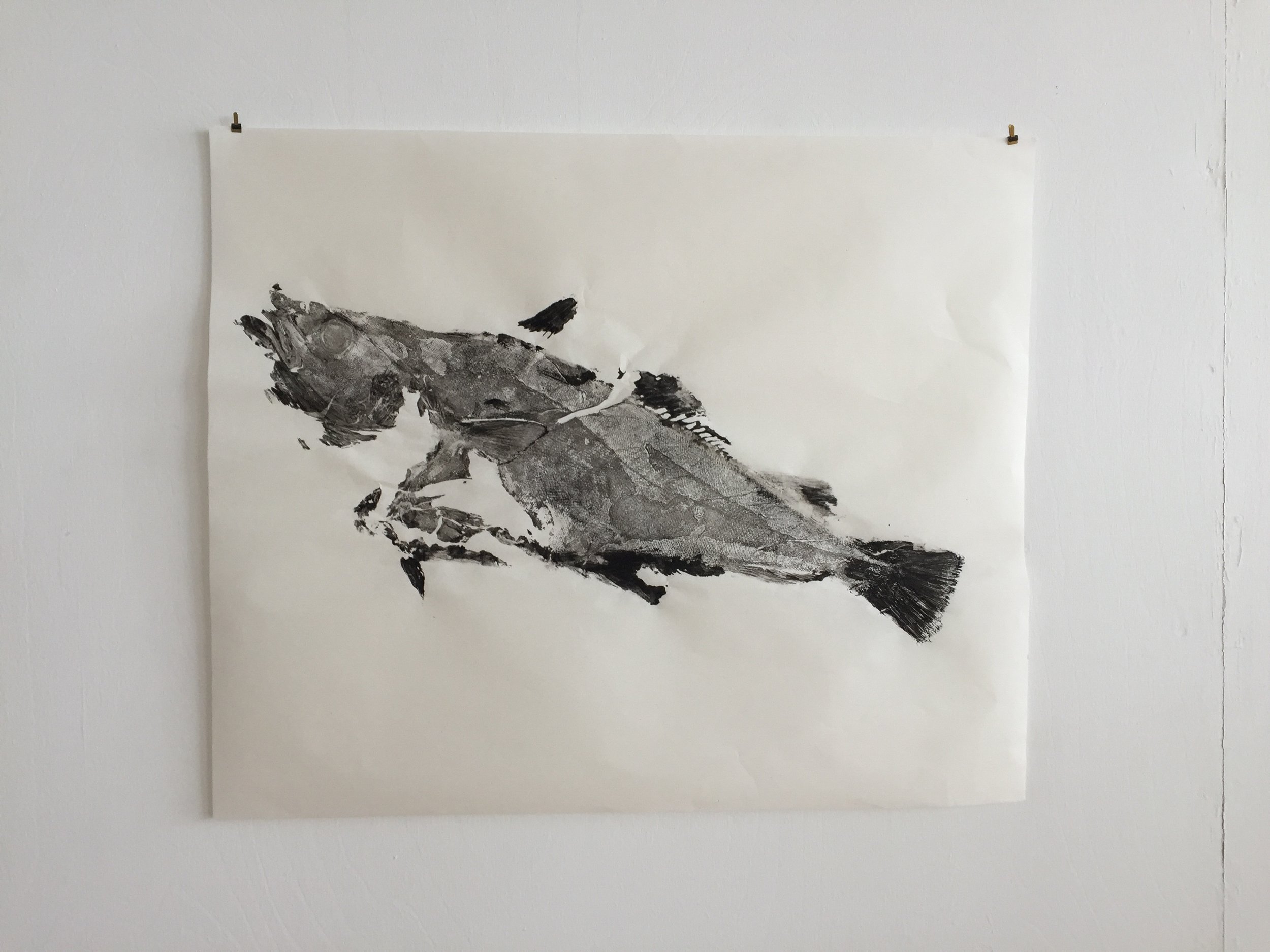In December 2019 I took another class at Geijutsu no Mori, for silkscreen printmaking. My first screen print in many, many years. I really enjoyed it and have great appreciation for how ‘clean’ screenprint can feel compared to highly chemical and smelly litho processes, in some ways. Must work on achieving subtler colours next time. It was fun to return to drawing animals and to continue my own tradition of making hand-printed nengajo to mail to people in Canada and throughout Japan.
The grounds of Geijutsu no Mori, December 2019




























































